Yawal Wildlife Sanctuary is a hidden gem in the heart of Maharashtra, waiting to be explored. This sanctuary is spanning over 180 square kilometres and is home to a diverse range of flora and fauna. Imagine strolling through deep forests with the sounds of exotic birds filling the air. You might even catch a glimpse of elegant deer among the trees or secretive leopards. The sanctuary offers stunning landscapes with serene streams and vibrant wildflowers, attracting nature enthusiasts and adventure seekers alike.
Yawal Wildlife Sanctuary Location
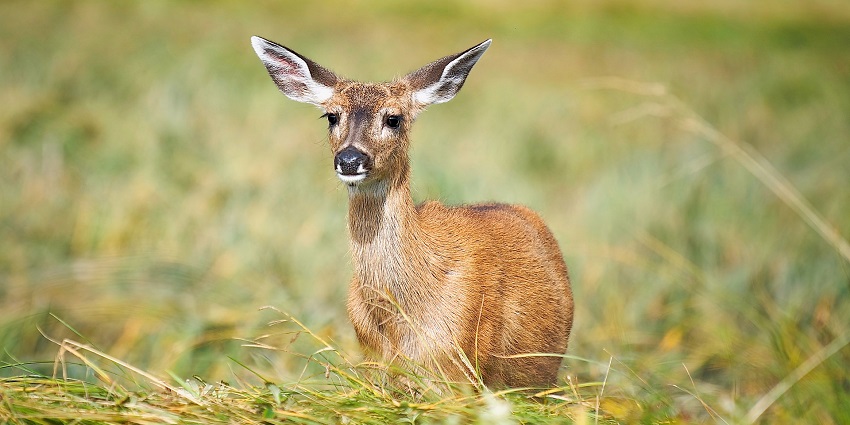
Photo: pixaguck / Pixabay / Image For Representation Only
Yawal is about 25 kilometres from Yawal wildlife sanctuary jalgaon in Maharashtra, near the Madhya Pradesh border. This makes it an ideal starting point for wildlife enthusiasts. Major cities like Aurangabad and Nashik, about 100 kilometres away, provide easy access to the sanctuary. The scenic hills of the Satpura range surround the area, enhancing its appeal.
Suggested Read: Places To Visit In Jalgaon For A Refreshing Escapade In Maharashtra
How To Reach Yawal Wildlife Sanctuary
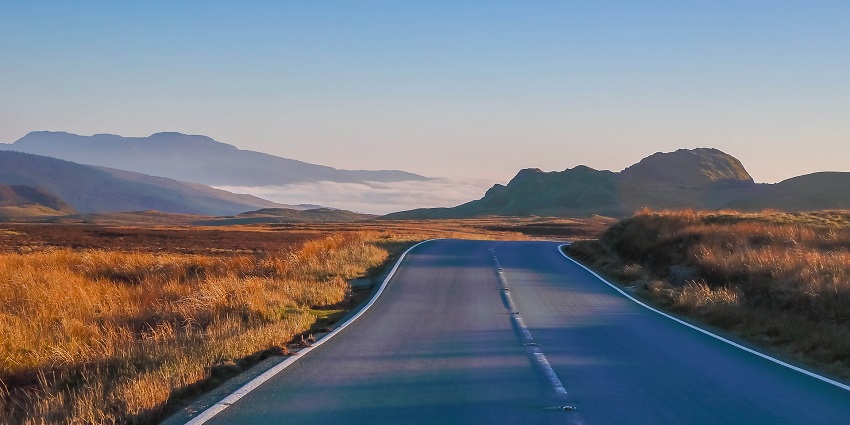
Photo: diego_torres / Wikimedia Commons / Image For Representation Only
By Road: The Yawal Wildlife Sanctuary is easy to get to from Maharashtra’s big towns thanks to its good road system. Taking the NH 52 from Aurangabad will take you about 100 kilometres. From nearby towns like Jalna and Yawal, you can also take local buses or taxis.
By Train: There is a train stop in Jalna, about 25 kilometres away. From Jalna, you can reach big towns like Mumbai, Nagpur, and Aurangabad. There are two ways to get to the refuge from the station: by taxi or school bus.
By Air: Aurangabad Airport is about 105 kilometres away and is the closest airport. Aurangabad is linked to most of India’s big towns by regular flights. You can rent a car or take a cab from the airport to get to Yawal Wildlife Sanctuary.
Places To Visit In And Around Yawal Wildlife Sanctuary
When you visit Yawal Wildlife Sanctuary, you can see these places.
1. Ajanta Caves
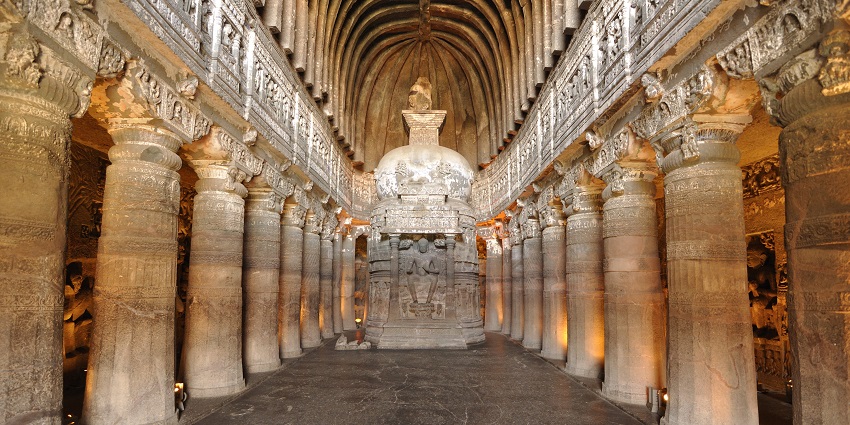
Photo: Dey.sandip / Wikimedia Commons
The Ajanta Caves are a UNESCO World Heritage site about 100 kilometres from Yawal Wildlife Sanctuary. They are famous for their beautiful Buddhist temples and paintings carved out of rock. These 30 caves were carved between the 2nd century BCE and the 6th century CE. They show India’s rich artistic history. People can look at the detailed carvings and colourful paintings that show Buddhist stories against a lush background. Because of its peaceful environment and historical importance, Ajanta is a must-see for anyone interested in art, culture, or spirituality who wants to see the beauty of Maharashtra in one day.
Timings: 9 AM – 5 PM
Entry Fee: ₹40 for Indian Tourists and ₹600 for Foreign Nationals
Suggested Read: Discover The Majestic Ajanta Temple
2. Ellora Caves
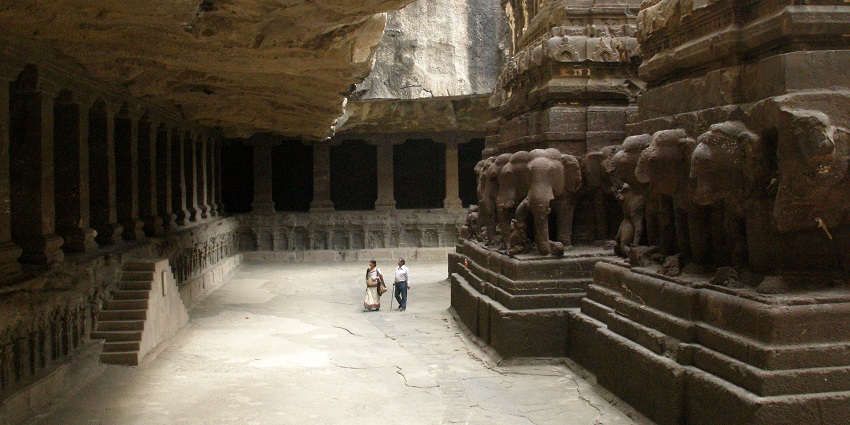
Photo: Vyacheslav Argenberg / Wikimedia Commons
The Ajanta And Ellora Caves are another UNESCO World Heritage site with amazing rock-cut buildings. They are about 110 kilometres from Yawal Wildlife Sanctuary. The site has 34 caves that reflect Buddhism, Hinduism, and Jainism. There are also beautiful temples and sculptures with intricate carvings, including the Kailasa Temple, an engineering marvel. People can learn about India’s rich culture, tapestry, and beautiful art from the past.
Timings: 6 AM – 6 PM
Entry Fee: ₹40 for Indian Tourists and ₹650 for Foreign Nationals
3. Panchakki
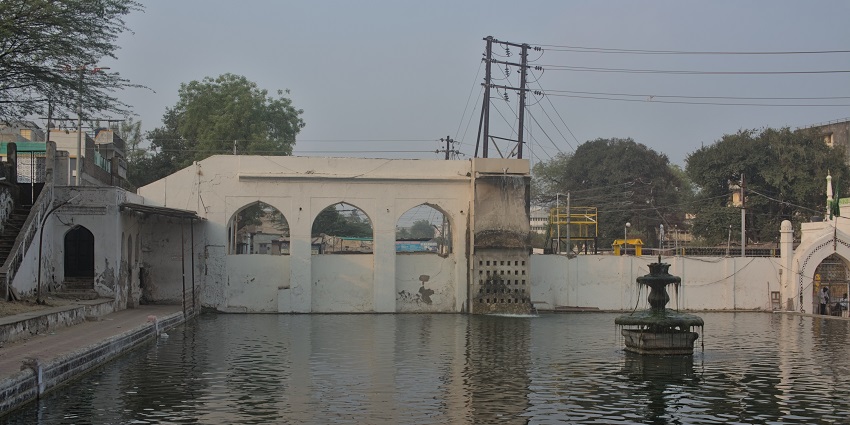
Photo: Shishirdasika / Wikimedia Commons
Panchakki is an ancient water mill built in the 17th century, about 95 kilometres from Yawal Wildlife Sanctuary. It is known for its unique way of managing water. The Sufi saint Baba Shah Musafir built this site, which has a complex system of channels that drove the mill and brought water to a nearby mosque. Panchakki is surrounded by peaceful fields, making it a calm place to think and take long walks. The site is full of history and shows off the building feats of its time, so it’s a good place to stop if you’re travelling in the Aurangabad area.
Timings: 6:30 AM – 9:30 PM
Entry Fee: ₹5 for Indian tourists and ₹100 for Foreign Nationals
Suggested Read: Places To Visit In Worli For An Amazing Trip Experience
4. Narnala Fort
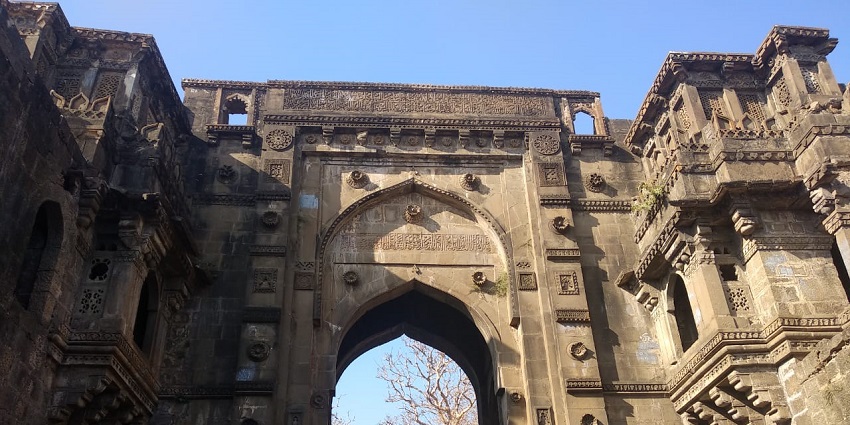
Photo: Sohan wankhade / Wikimedia Commons
It is about 75 kilometres from Yawal to Narnala Fort, which is on top of a hill and has stunning views of the nearby area. This historic fort near Yawal Wildlife Sanctuary was built in the 1400s and has beautiful designs, such as old gateways and bastions. The hike to the fort is an exciting adventure that rewards tourists with beautiful views and the chance to learn about the fort’s history. Narnala Fort is a great place for history buffs and walking fans who want to learn more about the area’s past because it is full of history and natural beauty.
Timings: 9 AM – 6 PM
Entry Fee: Free
5. Grishneshwar Temple
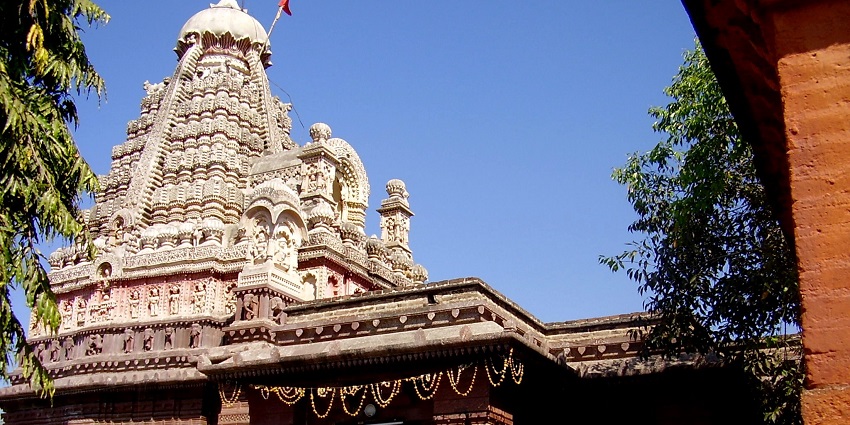
Photo: Rashmi.parab / Wikimedia Commons
The Grishneshwar Temple is one of the twelve Jyotirlingas dedicated to Lord Shiva. It is about 100 kilometres from Yawal Wildlife Sanctuary and is important for followers to visit. This old temple, built in the 18th century, has beautiful buildings with many carvings and sculptures. People come from near and far to enjoy the peaceful atmosphere and spiritual importance. The temple’s closeness to the Ellora Caves makes it a great addition to your trip.
Timings: 5:30 AM – 9:30 PM
Entry Fee: Free
Suggested Read: Prominent Places To Visit Near Grishneshwar Temple
6. Patnadevi Temple & Fort
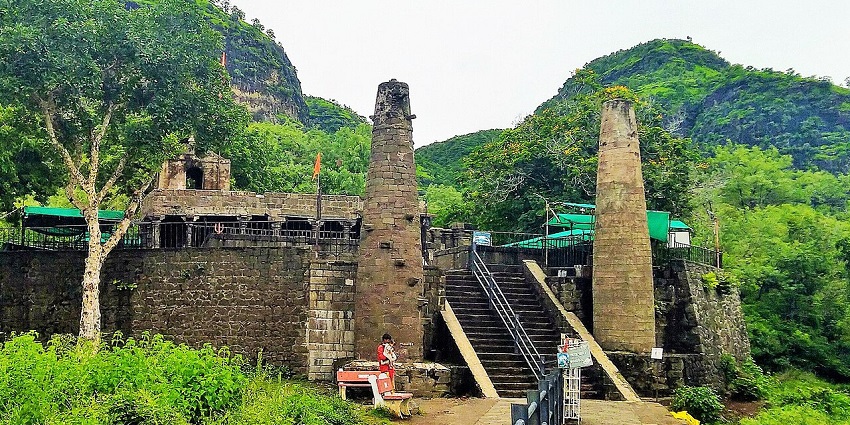
Photo: Shubham Ganesh Rathod / Wikimedia Commons
Nestled in the Satpura ranges near Chalisgaon, Patnadevi Temple is dedicated to Goddess Renuka and is surrounded by lush hills and fort ruins that whisper tales of the past. This serene destination is historically significant as the birthplace of poet-saint Bahinabai Chaudhari. The trek to the old fort offers scenic views, while the temple itself attracts devotees year-round. Ideal for history buffs and spiritual seekers, Patnadevi combines heritage, mythology, and nature in one memorable experience.
Timings: 6 AM – 8 PM
Entry Fee: Free
7. Aner Dam & Sanctuary
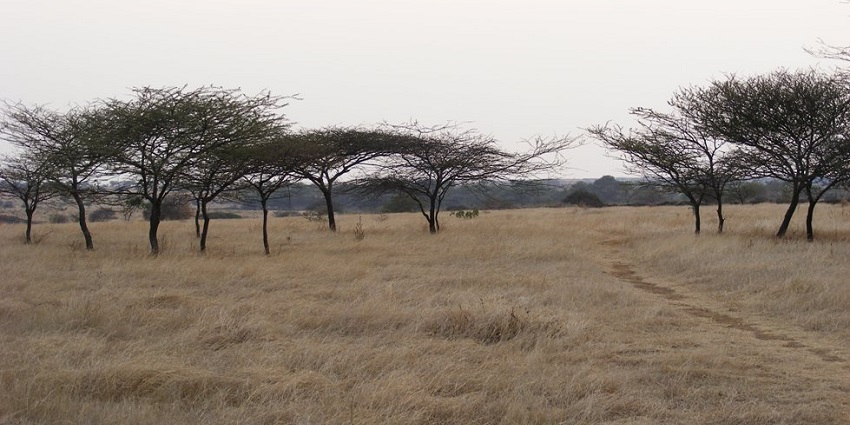
Photo: Dr. Raju Kasambe / Wikimedia Commons
Located about 20 km from Shirpur, Aner Dam and its surrounding sanctuary make for a refreshing escape close to Yawal Wildlife Sanctuary. The sanctuary is home to antelopes, hyenas, wild boars, and a variety of migratory birds, making it a favorite among nature lovers and birdwatchers. The dam adds to the charm, offering scenic views and a tranquil atmosphere. It’s a perfect spot for a family picnic or a short wildlife exploration away from the crowd.
Timings: 7 AM – 6 PM
Entry Fee: Free
Suggested Read: Tipeshwar Wildlife Sanctuary
8. Mehrun Lake
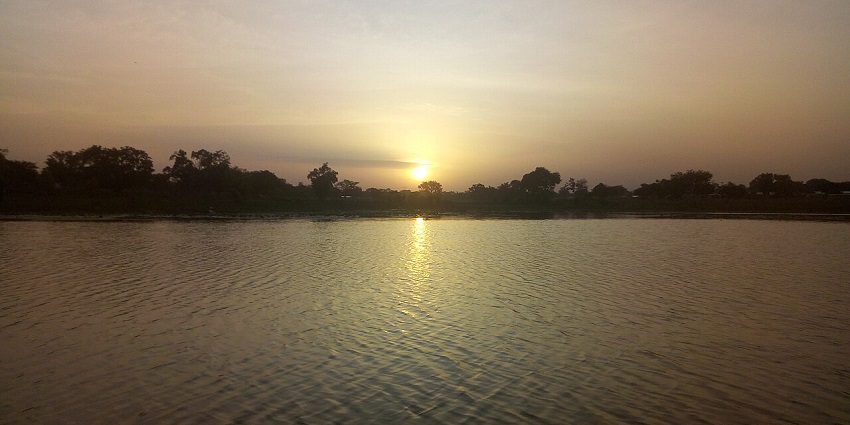
Photo: AGIR au Benin / Wikimedia Commons
Situated on the outskirts of Jalgaon city, Mehrun Lake is a peaceful spot known for boating, picnics, and evening strolls. Locals and tourists alike enjoy the calm waters surrounded by greenery. The lake is especially famous for the Mehrun Bor (Indian jujube fruit) grown in the nearby orchards, making it a unique attraction for food lovers as well. During festivals, the lakefront becomes vibrant with fairs and cultural gatherings, adding charm to this relaxing getaway.
Timings: 8 AM – 7 PM
Entry Fee: Free
Where To Stay

Photo: peterweideman / Pixabay / Image For Representation Only
There are cheap to moderately priced hotels and guesthouses in nearby places like Yawal and Jalna that you can stay at while you visit Yawal Wildlife Sanctuary. For a more immersive experience, stay at one of the eco-lodges or forest rest houses close to the sanctuary. These places have comfortable services and are close to nature. Many of these lodges offer trips with knowledgeable guides and chances to see wildlife. You can also find homestays that let you experience the culture and kindness of the area.
Suggested Read: Radhanagari Wildlifе Sanctuary
Where To Eat
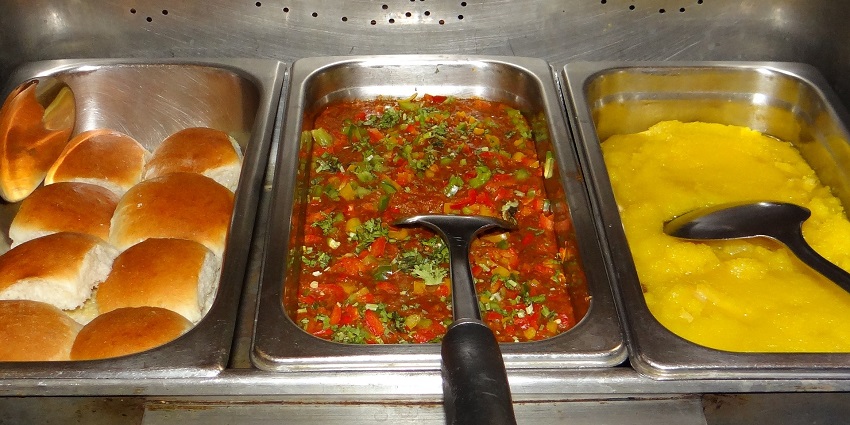
Photo: sarangib / Pixabay / Image For Representation Only
Most places to eat near Yawal Wildlife Sanctuary are in the nearby towns of Yawal and Jalna. Real Maharashtrian food, like vada pav, poha, and puri bhaji, is served in local restaurants. Some hotels and eco-lodges near the sanctuary have restaurants with a mix of Indian and local foods where you can eat in a more relaxed setting. You have to check out the street food stands to get a real taste of the area. There may be few food options inside the sanctuary, but the nearby towns have a wide range of foods to fill your hunger after a day of exploring.
Best Time To Visit
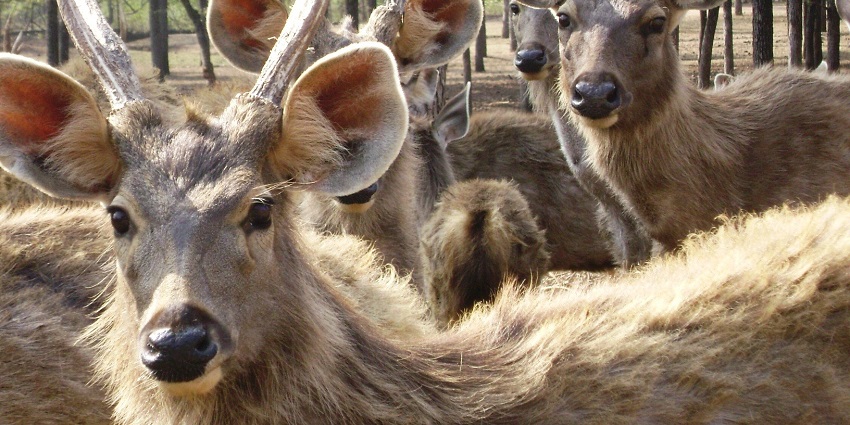
Photo: S.K. Gawali / Wikimedia Commons
If you want to see wildlife and do other fun things outside, the best time to visit Yawal Wildlife Sanctuary is from October to March, when the weather is cool and nice. Prices run from 15°C to 30°C during these months, making it a good time for trekking and exploring. The dry season also makes it easier to see animals like lions and many types of birds. When you go in late October or early November, the plants and animals are in full bloom after the rain.
Suggested Read: Bor Wildlife Sanctuary
Other Factors To Consider
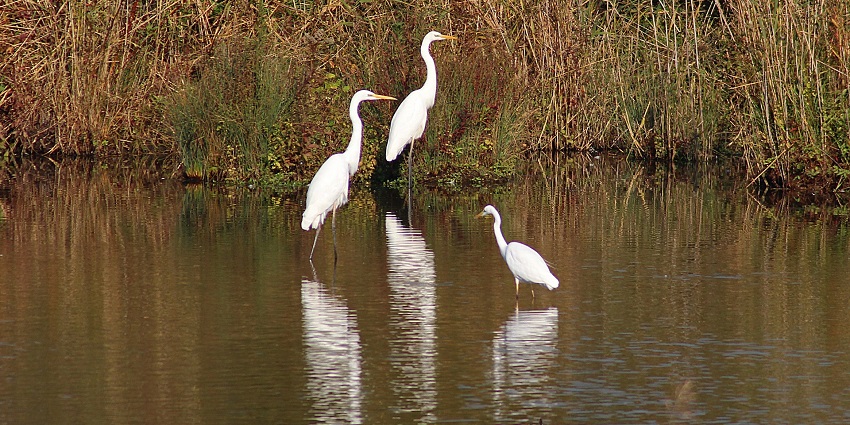
Photo: GuentherDillingen / Wikimedia Commons / Image For Representation Only
Average Cost Of Trip
The price of a bus ticket from a nearby city like Aurangabad or Jalna is between 200 and 500 rupees, and a car rental can cost between 2,500 and 4,000 rupees per day. Eco-lodges and mid-range hotels cost between ₹2,000 and ₹5,000 per night, while cheap places to stay cost between ₹800 and ₹2,000 per night. Food costs can be anywhere from ₹300 to ₹800 per person per day. Based on what you do, a three-day trip can cost anywhere from ₹5,000 to ₹12,000 per person, and the Yawal wildlife sanctuary booking price is around ₹10 to ₹500 per person.
Tips For Travellers
- The best times to see wildlife are from October to March when the weather is nice. Look for events in the area that might make your trip more fun.
- For hiking, wear clothes that are easy on your feet and shoes made to last. Don’t forget to bring sunscreen, bug spray, binoculars, and a camera to record the beautiful scenery and wildlife.
- Follow the park’s rules and avoid animals. You might also want to hire a local guide to learn more about the sanctuary’s plants and animals and local practices.
Nature and animal lovers will have a unique experience when visiting Yawal Wildlife Sanctuary. Consider planning your trip through TripXL to make it better. TripXL guarantees a smooth trip with personalised itineraries, knowledgeable local guides, and various easy-to-use transportation choices. Because they care about product and customer satisfaction, you can relax and enjoy the beauty of nature. Discover the beauty of Yawal with TripXL and make moments that will last a lifetime.
Cover Photo: ChiemSeherin / Pixabay / Image For Representation Only


 WhatsApp
WhatsApp
 Twitter
Twitter









